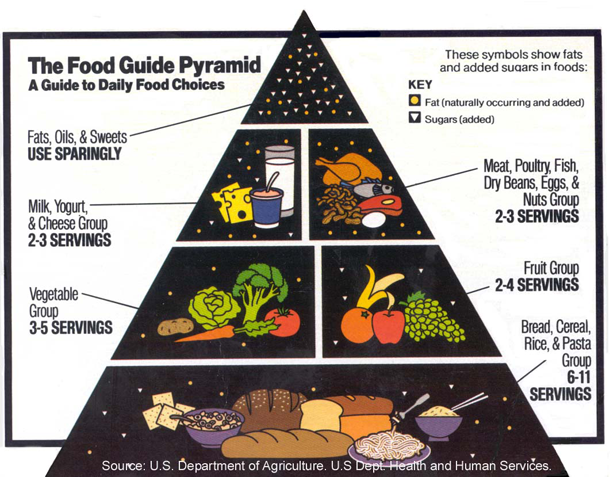The North Pacific Coast region is well known for it's rugged mountains, lush forested areas and heavy rainfall. Due to the physical environment, the fishing and lumber industries have thrived in this area of North America. In contrast, Washington D.C. does not have the heavy industry that the North Pacific Coast region is known for, nor does it have the rugged, forested landscape that makes up a large portion of physical environment.
What it does have in common is a fair amount of precipitation. Although, the heavy amount of rainfall that the North Pacific Coast experiences is far greater. D.C.'s precipitation occurs year round, with the heaviest months in late spring and summer. May is at the top of this list, with 4 inches of rain. In contrast, Seattle experiences nearly 6 inches of rain in their wettest month, November. But comparing the two cities shows that in May-September, D.C. bests Seattle in the area of rainfall, as this is the typical dry season for the area.
 |
| Source: http://www.clrsearch.com/Demographic?state_id=349357&city_id=281472&place=Washington%2C+DC+20037&state=District+of+Columbia&chart=weatherprecip |
Sources: http://www.weather.com/weather/wxclimatology/monthly/graph/USDC0001
http://www.weather.com/weather/wxclimatology/monthly/graph/USWA0395






